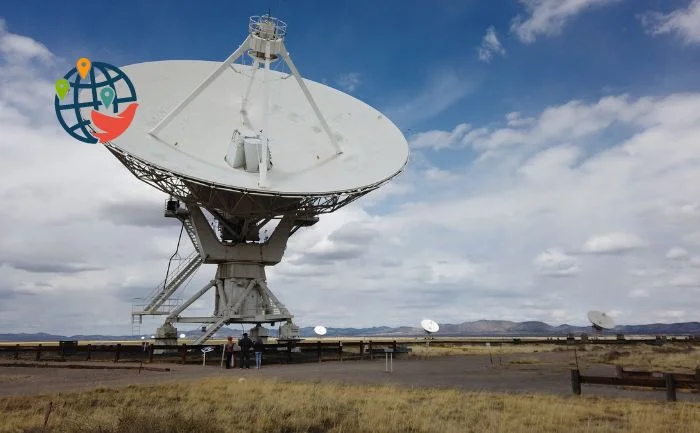Space satellites help put out fires in Canada
{
"@context": "http://schema.org",
"@type": [
"MediaObject",
"Product"
],
"url": "https://en.immigrant.today/canada/19762-canada-recognizes-the-genocide-of-uighurs-in-china-and-prepares-to-accept-refugees.htm",
"name": "Canada recognizes the genocide of Uighurs in China and prepares to accept refugees",
"description": "Canada recognizes the genocide of Uighurs in China and prepares to accept refugees",
"image": "https://immigrant.today/images/2023-04-28-112727-59f06c92c.jpg",
"aggregateRating": {
"@type": "AggregateRating",
"bestRating": "5",
"ratingCount": "1",
"ratingValue": "5",
"reviewCount": "1"
},
"offers": {
"@type": "Offer",
"url": "https://en.immigrant.today/canada/19762-canada-recognizes-the-genocide-of-uighurs-in-china-and-prepares-to-accept-refugees.htm",
"price": "0.00",
"priceCurrency": "USD",
"seller": {
"@type": "Organization",
"name": "Immigrant.Today",
"url": "https://immigrant.today"
}
}
}

The country is increasingly using space technology for peaceful purposes.
This year, Canada has been hit hard by wildfires. To fight them, the country has started using advanced technology — video surveillance, artificial intelligence and robots.
Now Canadian scientists report that firefighting teams and environmental experts are increasingly using satellite data. They help analyze losses from fires that have already occurred and prevent new ones. They are also used to predict the weather and the degree of fire danger in different regions.
The world now uses 971 satellites to observe nature. Back in 2014, there were only 192. Cheaper spacecraft technology has made them available to firefighters and environmentalists.
Joshua Johnson, a natural resource expert from Canada, says, "Watching fires is very important. We don't have enough pilots to monitor all the potential fire spots. And no crew can visit them all twice in one day."
One of the most important indicators that satellites capture is the energy emission from a fire. It helps identify sources of fire and efficiently allocate firefighter resources. And scientists also use it to find out what substances have been released into the atmosphere. Sometimes it's a reason to evacuate nearby communities so they don't get smog poisoning.
So far, Canada does not have enough satellites. There are too few to cover the entire country, especially the northern regions. But WildfireSat is going to change that. In 2029, they will launch more satellites just for firefighting needs. They will fly over Canada in the afternoons, when fire danger is especially high.
{
"@context": "http://schema.org",
"@type": [
"MediaObject",
"Product"
],
"url": "https://en.immigrant.today/canada/19762-canada-recognizes-the-genocide-of-uighurs-in-china-and-prepares-to-accept-refugees.htm",
"name": "Canada recognizes the genocide of Uighurs in China and prepares to accept refugees",
"description": "Canada recognizes the genocide of Uighurs in China and prepares to accept refugees",
"image": "https://immigrant.today/images/2023-04-28-112727-59f06c92c.jpg",
"aggregateRating": {
"@type": "AggregateRating",
"bestRating": "5",
"ratingCount": "1",
"ratingValue": "5",
"reviewCount": "1"
},
"offers": {
"@type": "Offer",
"url": "https://en.immigrant.today/canada/19762-canada-recognizes-the-genocide-of-uighurs-in-china-and-prepares-to-accept-refugees.htm",
"price": "0.00",
"priceCurrency": "USD",
"seller": {
"@type": "Organization",
"name": "Immigrant.Today",
"url": "https://immigrant.today"
}
}
}


















